Form, space and perception
Enduro is a work that, while maintaining the dimensions of an enduro motorbike, breaks away from the traditional elements of the vehicle. The form, evocative of motorbike stylistic features, lacks the functional accessories of a real motorbike, creating an interpretation that suggests movement without concretising it.
Constructed of galvanised sheet metal on a stainless steel frame, the work is characterised by a balance between lightness and solidity. The proportions recall the essence of the motorbike, but the choice of materials gives it a distinctive character, bringing out a tension between the idea of dynamism and the immobility of the object.
Leaning against a wall, the positioning of Enduro becomes an integral part of the work itself, challenging the traditional conception of static. This positioning invites the viewer to reflect on the concept of support and the relationship between the work and the surrounding space. The immobility of the motorbike suggests a connection with motorbike culture and the idea of adventure, transforming it into a symbol of freedom awaiting movement.
Cavenago, through Enduro, invites us to reconsider the boundary between art and functionality. The work is not just an object, but a reminder of the potential of movement and exploration, suggesting that art can capture and reflect dreams and aspirations even in the absence of an engine to run it. In this way, Enduro establishes itself as a work that stimulates reflection on the relationship between form, space and perception.
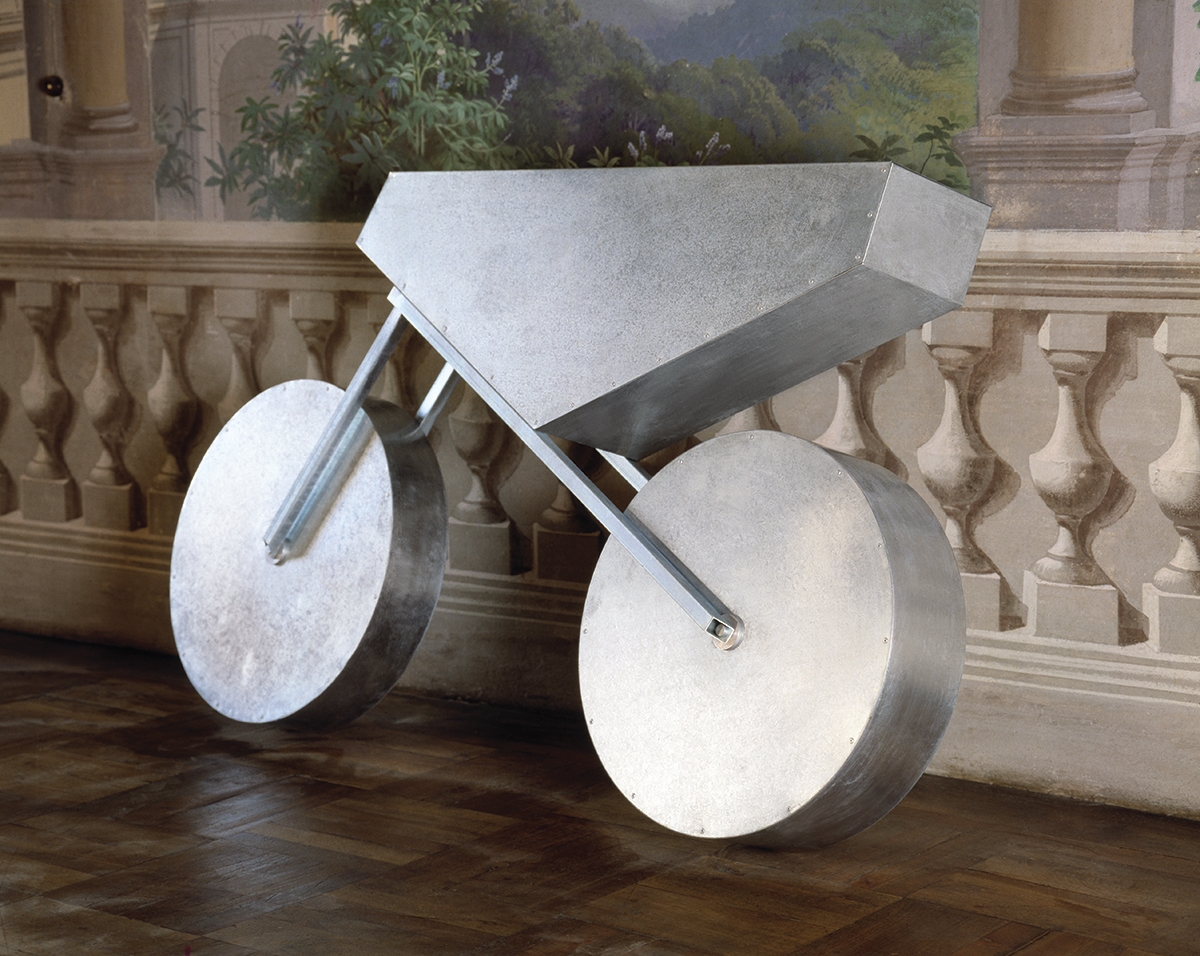
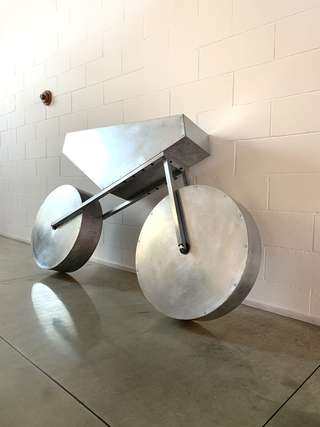
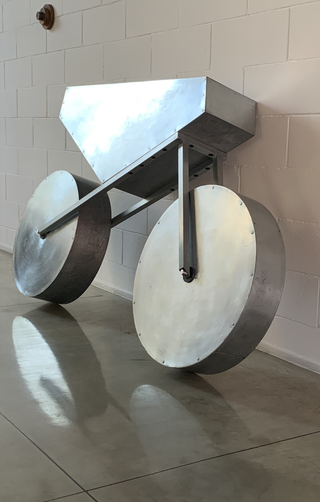
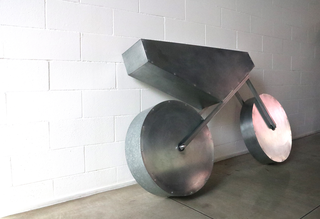
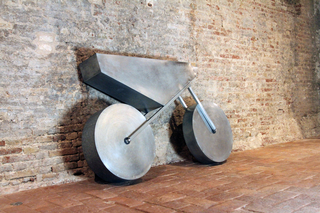
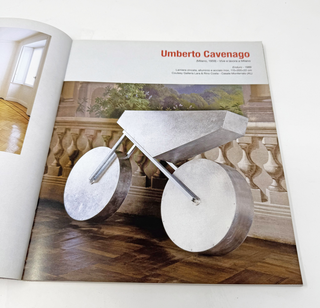
Social
Contatti
umberto@cavenago.info